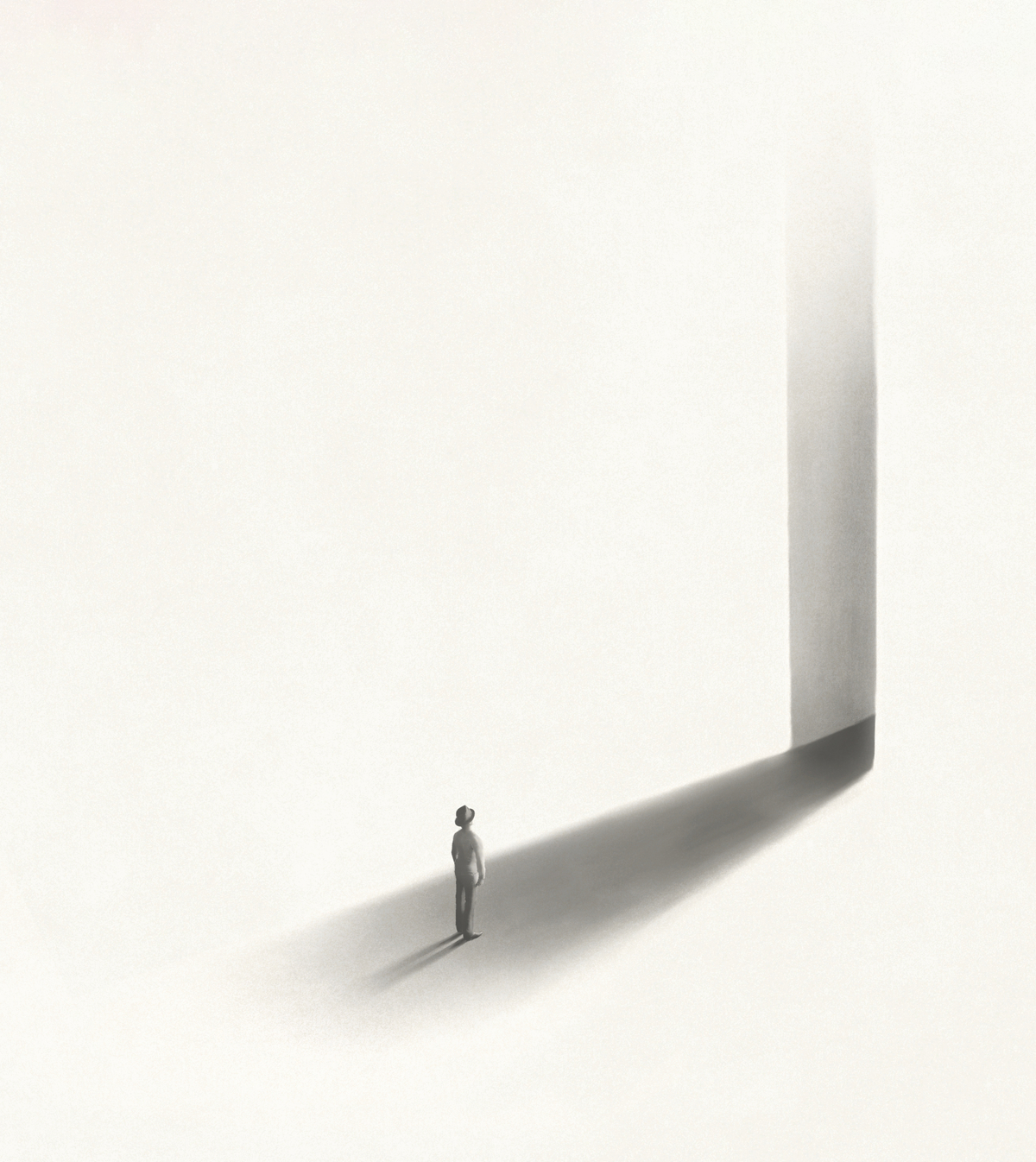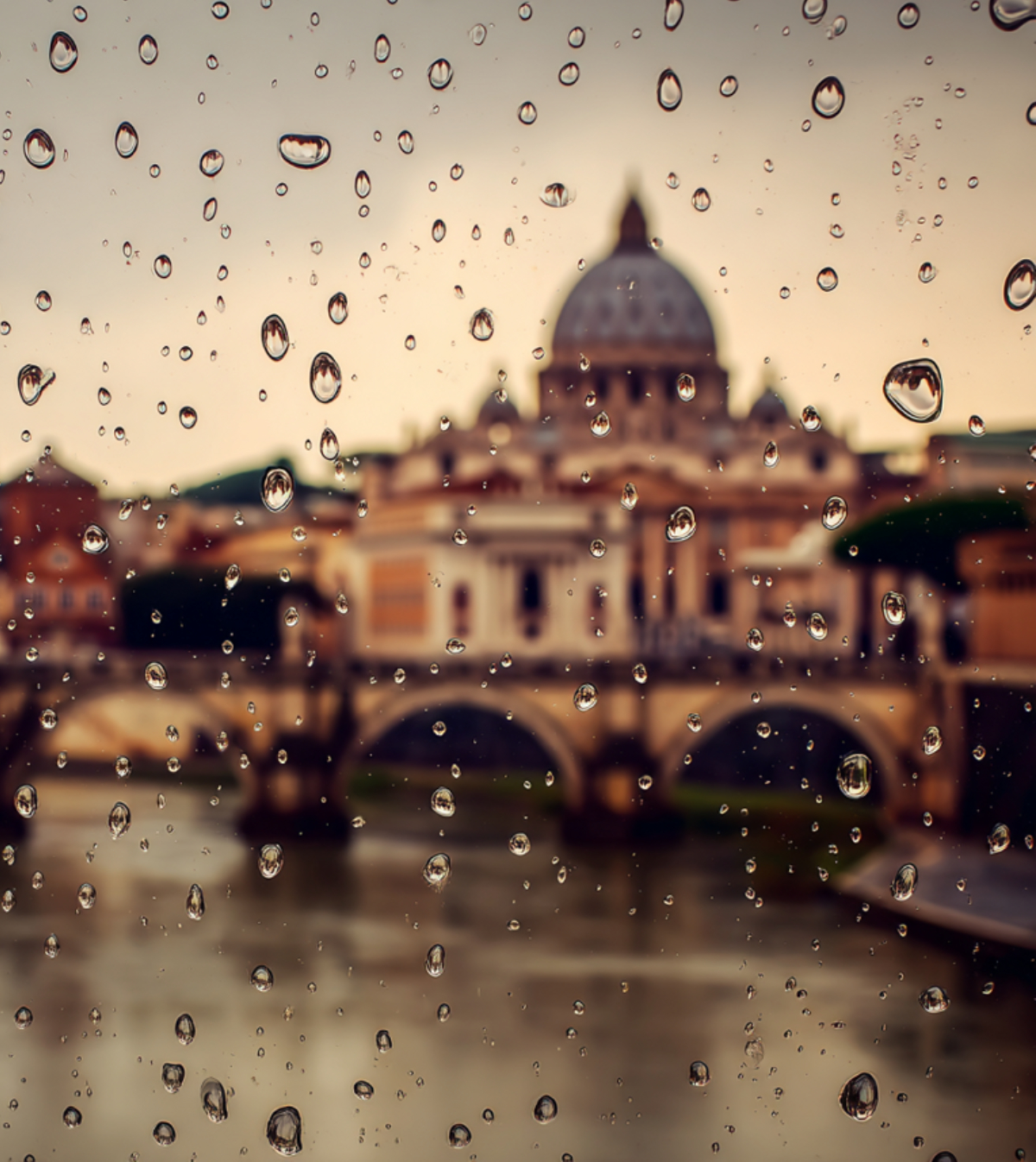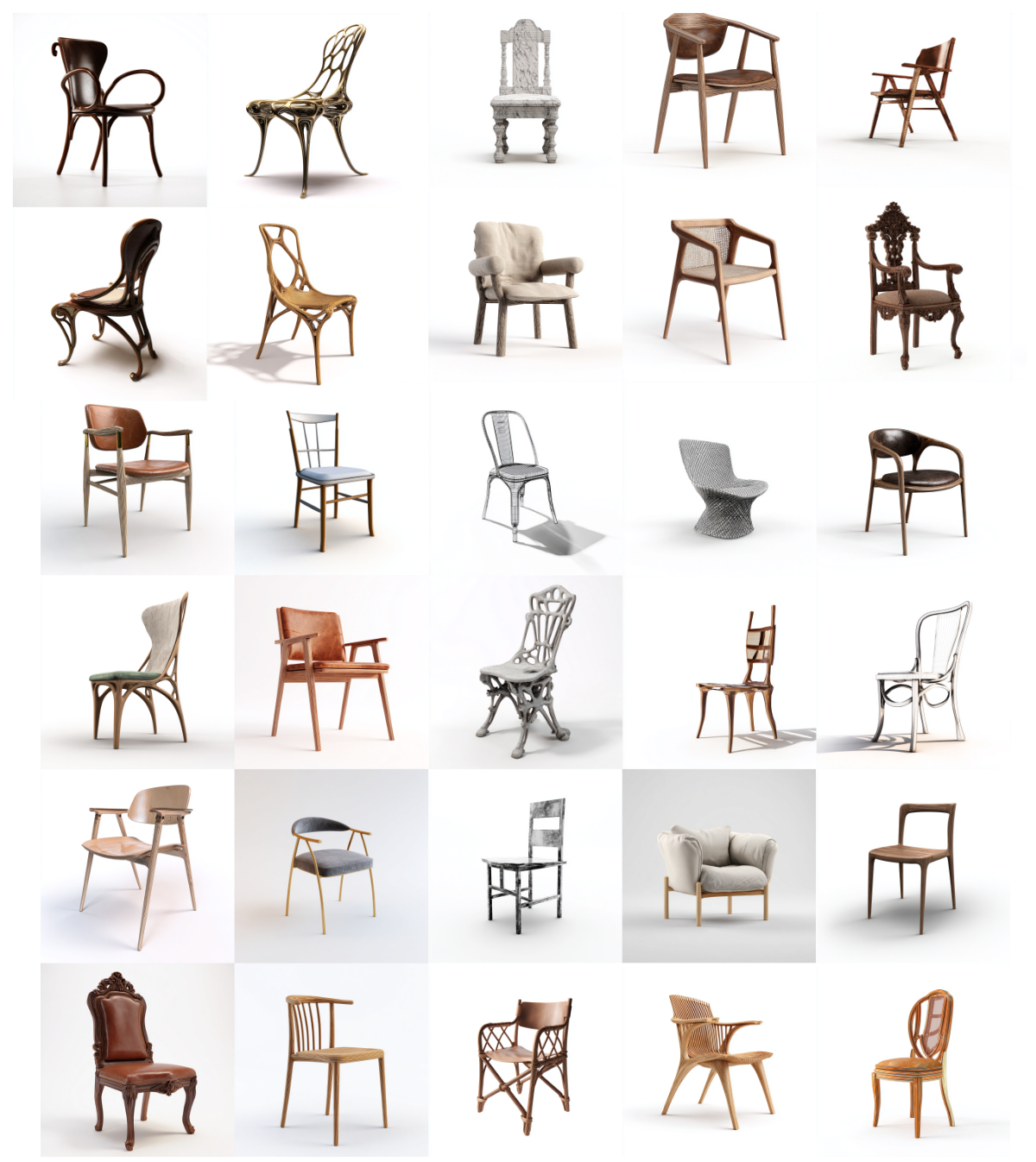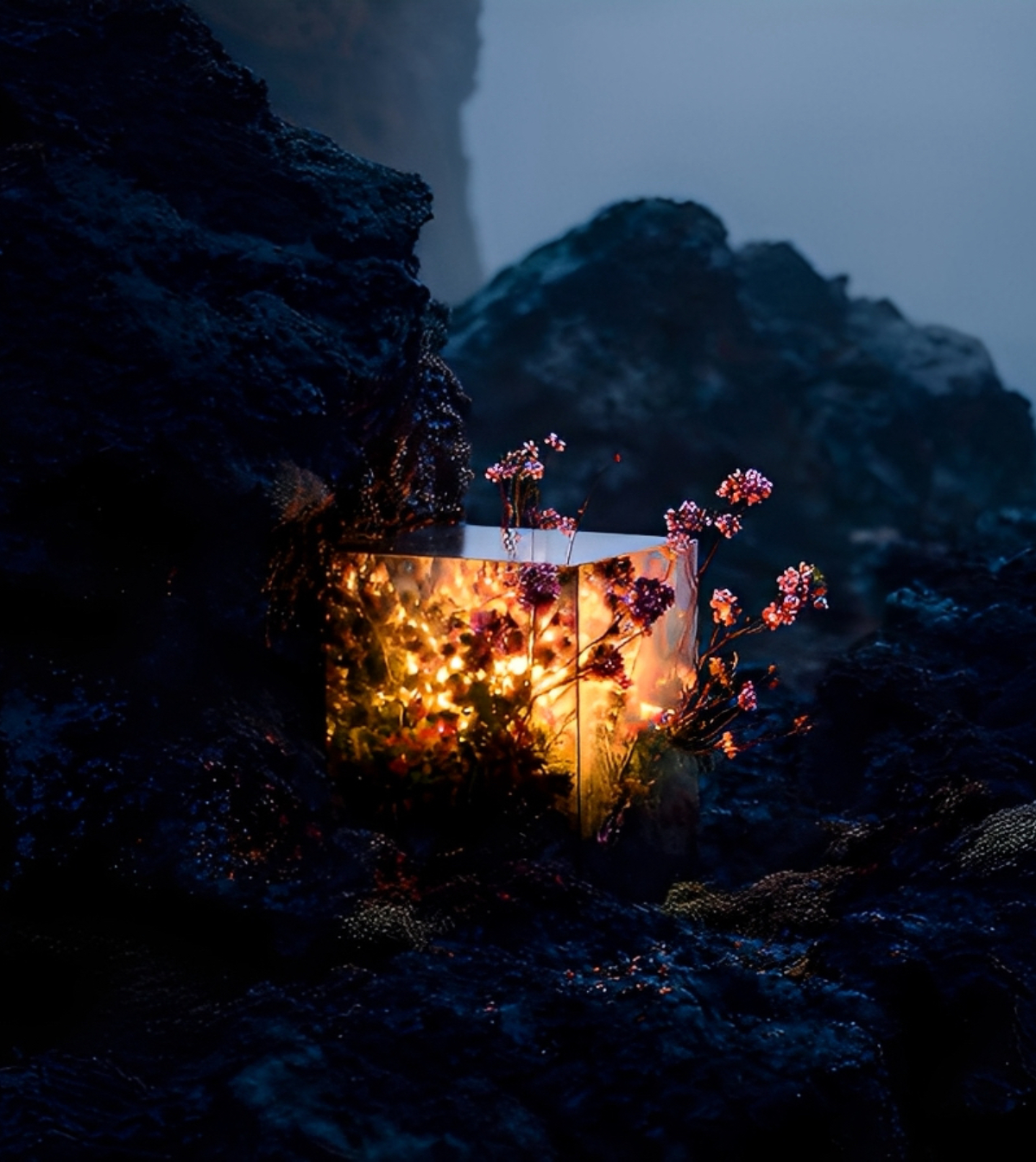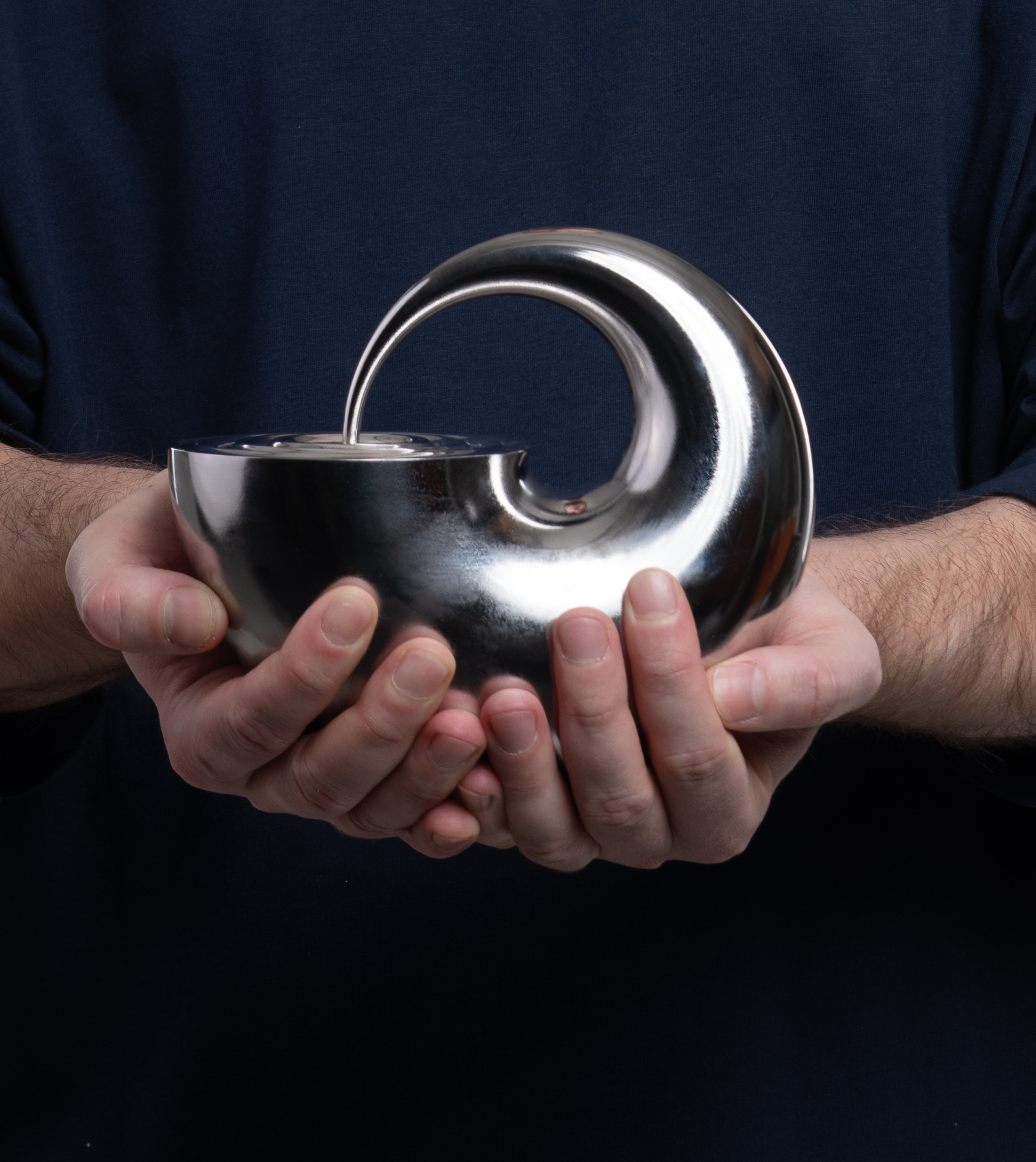It’s hard to isolate what exactly constitutes as “traditional” Irish architecture since archeological evidence has shown habitation of the island for over 9,000 years. Throughout this time-span traditional ways of building have evolved constantly, with one generation learning from another. At any point in time there have existed shared values, shared customs, local materials and local ways to use them, all blended into one.
Irish architecture features remains from eras as far back as the Stone Age, and in its history, has seen strong influences from Norman and Anglo-Irish societies in their castles to Georgian urban buildings, all the way through to Palladian and rococo country houses and the country's many Gothic and neo-Gothic cathedrals and buildings.
Even though the British and European influence on Irish architecture has been significant throughout history, the architectural trends have always been adapted to suit the peculiarities of the particular location. In the late 20th century a new economic climate resulted in a renaissance of Irish culture and design, placing some of Ireland's cities, once again, at the cutting edge of modern architecture.
Vernacular Architecture of Ireland
Ireland has a long history of vernacular architecture, where 9,000-year-old traditions of house-building were passed from one generation to the next and heavily influenced domestic structure styles and fashions.

Single storey houses covered with a thatch roof were typical in Ireland for hundreds of years. Image source
Vernacular houses for most regions in Ireland were almost always single storey structures packed tightly into villages and lining the streets. A typical family dwelling would feature a thatched roof with a rectangular, narrow layout and just one room. The narrow plan was mainly due to the scarcity of timbers for roofing, with only timbers salvaged from the ocean and shoreline being the materials available. As such the roof spans were small, and held in place with ropes tied to pegs hammered into the walls or tied to heavy stones to protect residents from the fierce Irish elements.
These early cottages did not have any foundations, and the floors were often finished in slate or stone flag, tiles, or rammed earth. These vernacular cottages were often built into the hills or other natural features in order to take advantage of natural shelter and resources, such as groundwater running down hill.
Folklore scholar Kevin Danaher (1975)
“In a very conservative and class-conscious society he must, in his building activities, maintain his position, keep up appearances without overreaching himself either in ostentation or expenditure. Thus his house and offices must reflect his standing in the community. A strong farmer might not live in a cabin, nor a poor labourer try to build himself a mansion, without earning the scorn, the reproaches, even the active hostility of his neighbours.”
Less ancient irish architecture
Georgian architecture is significantly more recent in Ireland’s history, and is one of the most defining parts of its heritage. It is particularly influential within the urban context, as whole parts of the main Irish cities were designed and constructed to the so-called aesthetic sensibilities of the Georgians. Ireland’s capital city of Dublin has a strong Georgian influence, with the southern half of the city, around Merrion Square, Saint Stephen's Green, and Fitzwilliam Square often being referred to as “Georgian Dublin”.

Merrion square is often referred to as being part of Georgian Dublin. Image source
However, Georgian architecture is not so much a unified style, but rather any architecture designed during the rule of the various King Georges from 1714 to 1830. It instead drew influence from popular styles such as Palladian architecture, Neoclassical, and the Regency style.
The following Victorian period saw Irish architecture continue to be heavily influenced by British styles, with many prominent Irish buildings being constructed in the style, including: Findlater's Church on Parnell Square, the Royal City of Dublin Hospital, Olympia Theatre, the Central Markets in Cork, the National Museum of Ireland, the National Library of Ireland, the Natural History Museum, and the National Gallery of Ireland.

Findlater's Church on Parnell Square is an example of VIctorian architecture in Dublin. Image source
It was during this time that the romantic medieval Gothic revival was developed as a reaction to the symmetry of Palladianism. The introduction of new technology also allowed for the incorporation of steel as a building component, ironically combining new methods and technology with retrospective architectural styles.
Looking to create a new architectural style of your very own? Take part in one of our open architecture competitions.
Top 3 Reasons Why You Should Enter Architecture Competitions
Curious about the value of architecture competitions? Discover the transformative power they can have on your career - from igniting creativity and turning designs into reality, to gaining international recognition.
Learn more

